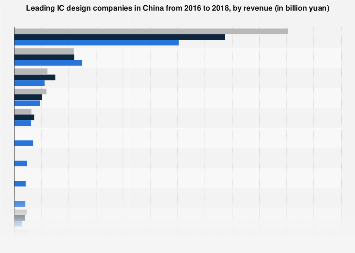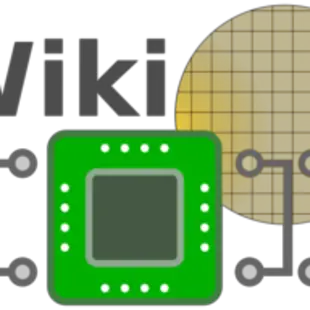That linked article showed a single Geekbench score inferior to Cortex A72 scores I have seen - even if it was a particularly low clock the GB score was running at, a high IPC at low clock does not guarantee that it will clock high enough to be competitive with Haswell, let alone Zen2.Don't even make a comparison between China and India since the latter is not even close to technological competence until another 2 decades while the former is already superior to America in some cases such as telecommunications equipment ...
China's independently developed x86 cores such as the Zhoaxin KX-7000 has IPC at least comparable to the Haswell architecture ...
Besides which, if it is so good then why did they even bother with the Hygon/Dhyana joint venture in the first place?
As to India, they are developing R5 cores in the Shakti program at the Madras University (IIT Madras) - I don't know where you get this strange 2 decade mumbo jumbo from, India produces a fair amount of intelligent individuals that enter the tech space, I'm fairly sure that Raja Koduri numbers among them, as are/were likely many others at AMD and Intel over the years.
Don't make the mistake of seeing the worst parts of the country in the media and judging the competence of the whole on that - there are some parts of China that are at least as backward I don't doubt.





